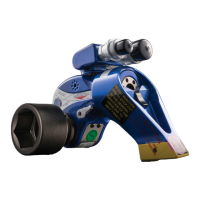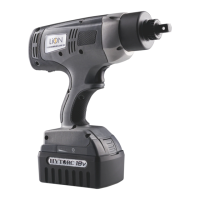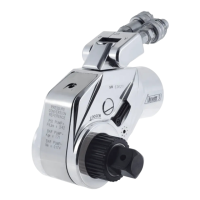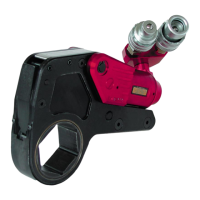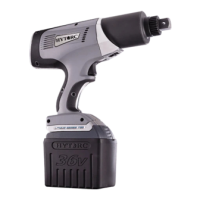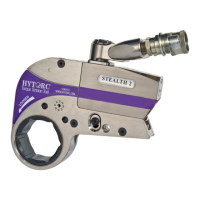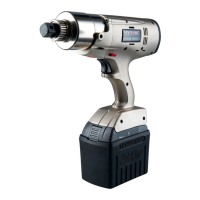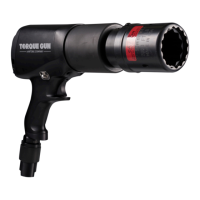33
Troubleshooting (Cont’d.)
10
SYMPTOM PROBABLE CAUSE REQUIRED ACTION
Gauge records no pressure 1. Gauge connection is loose
2. Bad gauge
3. Pump will not build pressure
4. Tool seals are blown
1. Tighten coupling.
2. Replace gauge
3. See cylinder pressure will not build pressure-
above
4. Replace defective seals. (Call for service)
Pump will not build pressure 1. Air or electric supply is low
2. Defective relief or regulator valve
3. Low oil or clogged filter
4. Internal leak in oil line from external
relief valve to pump body.
5. Worn sub-plate
1. Check air pressure or voltage.
2. Replace valve. (Call for service)
3. Fill reservoir and clean filter.
4. Open reservoir, inspect oil line while trying to
build pressure - if leaking tighten fittings or replace.
5. See cylinder pressure will not build pressure-
above
Motor sluggish and inefficient
“sounds sick” slow to build pressure
1. Air or electric supply is low
2. Clogged filter
1. Check air pressure or voltage.
2. Clean or replace filter
Pump heats up 1. Improper use
2. Remote control is left in “on” position
when pump is not actively in use.
1. Operator is continuing to hold down Pump
heats up on the advance stroke after the cylinder
has reached end of stroke - this causes a lot of
oil to go through a very small hole in relief-valve
- causing heat build-up. Have operator release
advance stroke after accuracy assurance levers
spring forward.
2. Turn pump off whenever not actually being
used. DO NOT leave pump running when tool
is not in use.
Hose or tool fitting is damaged or
leaks
1. Broken or melted plastic outer
covering
2. Frayed Kevlar or steel strands
3. Oil leaks through fibers
4. Broken fittings
1. If underlying Kevlar or steel is still intact continue
operation. Inspect frequently.
2. Cut hose In half and discard. Replace hose.
3. Cut hose in half and discard. Replace hose.
4. Remove old fitting and replace with STEEL
high pressure fittings only. After changing fittings,
always run test #5 (pg. 34) to insure proper
plumbing.
Electric pump will not run 1. Loose electric connections in control
box.
2. Bad brushes
3. Motor burned up
1. Open control box and visually inspect for loose
threaded or push-on connectors. Reconnect loose
wires. If in doubt check wiring diagram. DANGER·
BOX CONTAINS HIGH VOLTAGE· ALWAYS
UNPLUG PRIOR TO TOUCHING ANYTHING
IN CONTROL BOX.
2. Change brushes. (Call for service)
3. Replace motor or components whichever is
necessary. (Call for service)
(Continued on following page.)
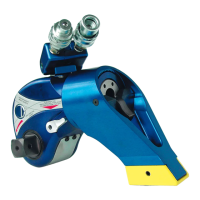
